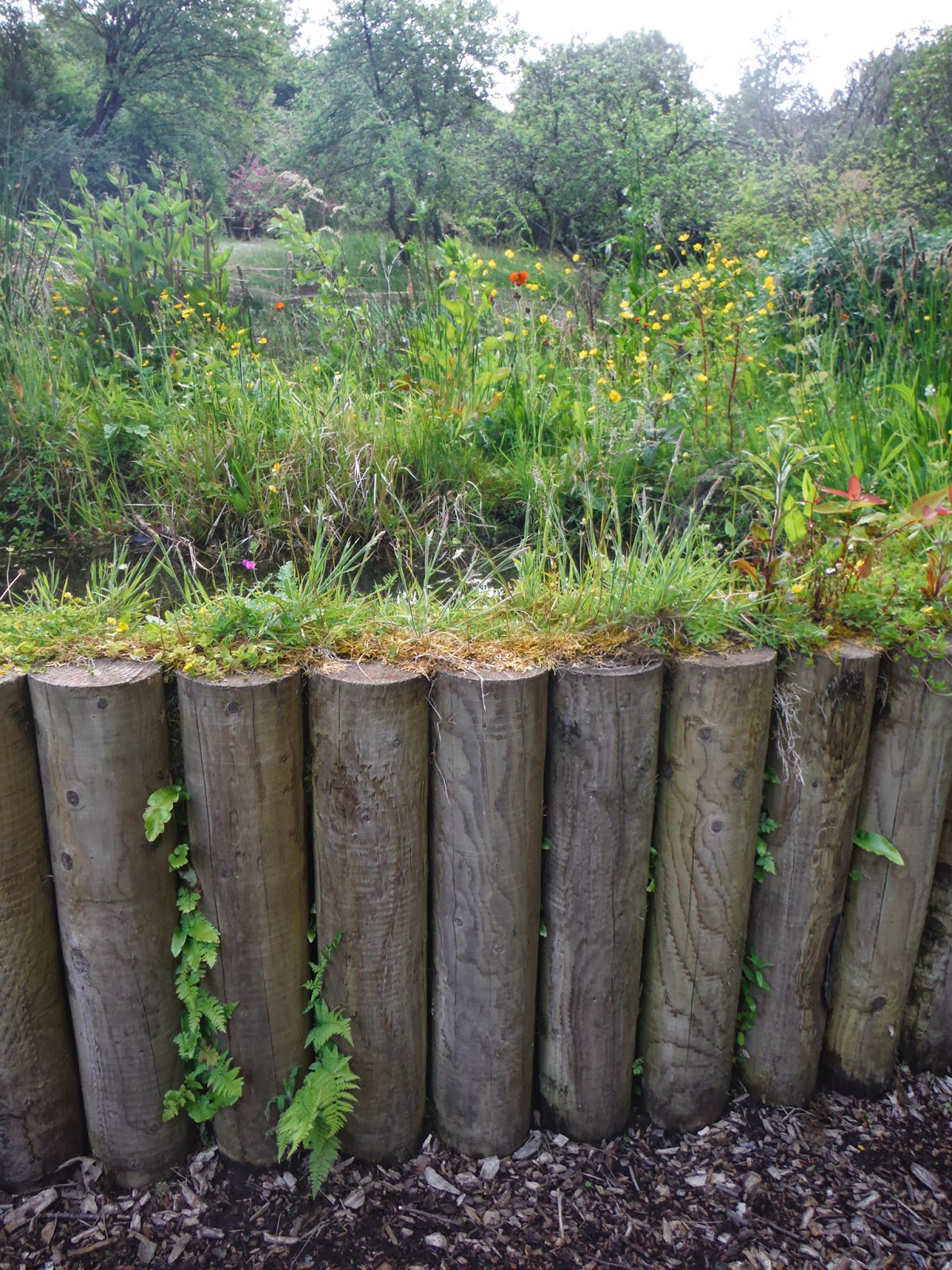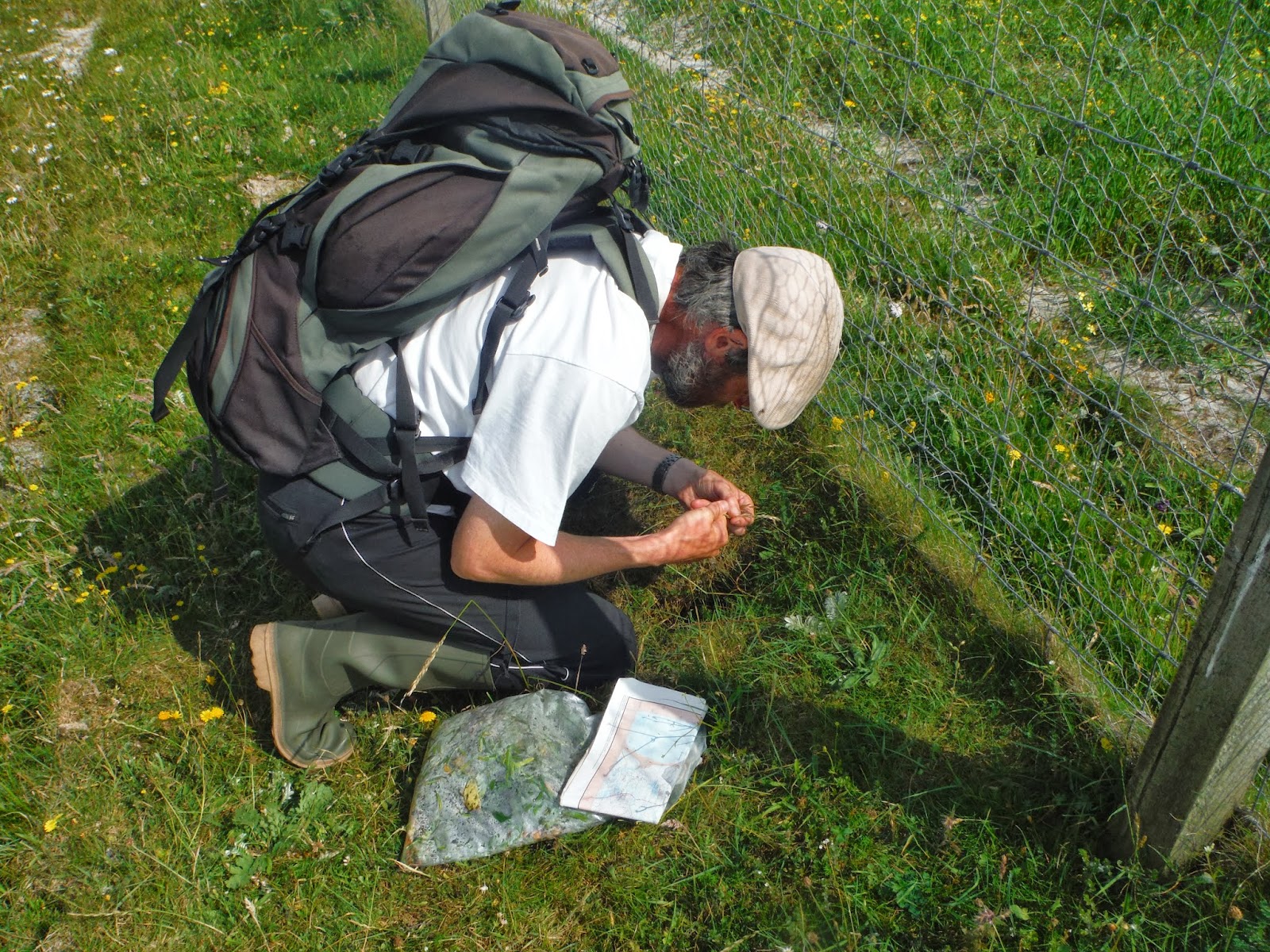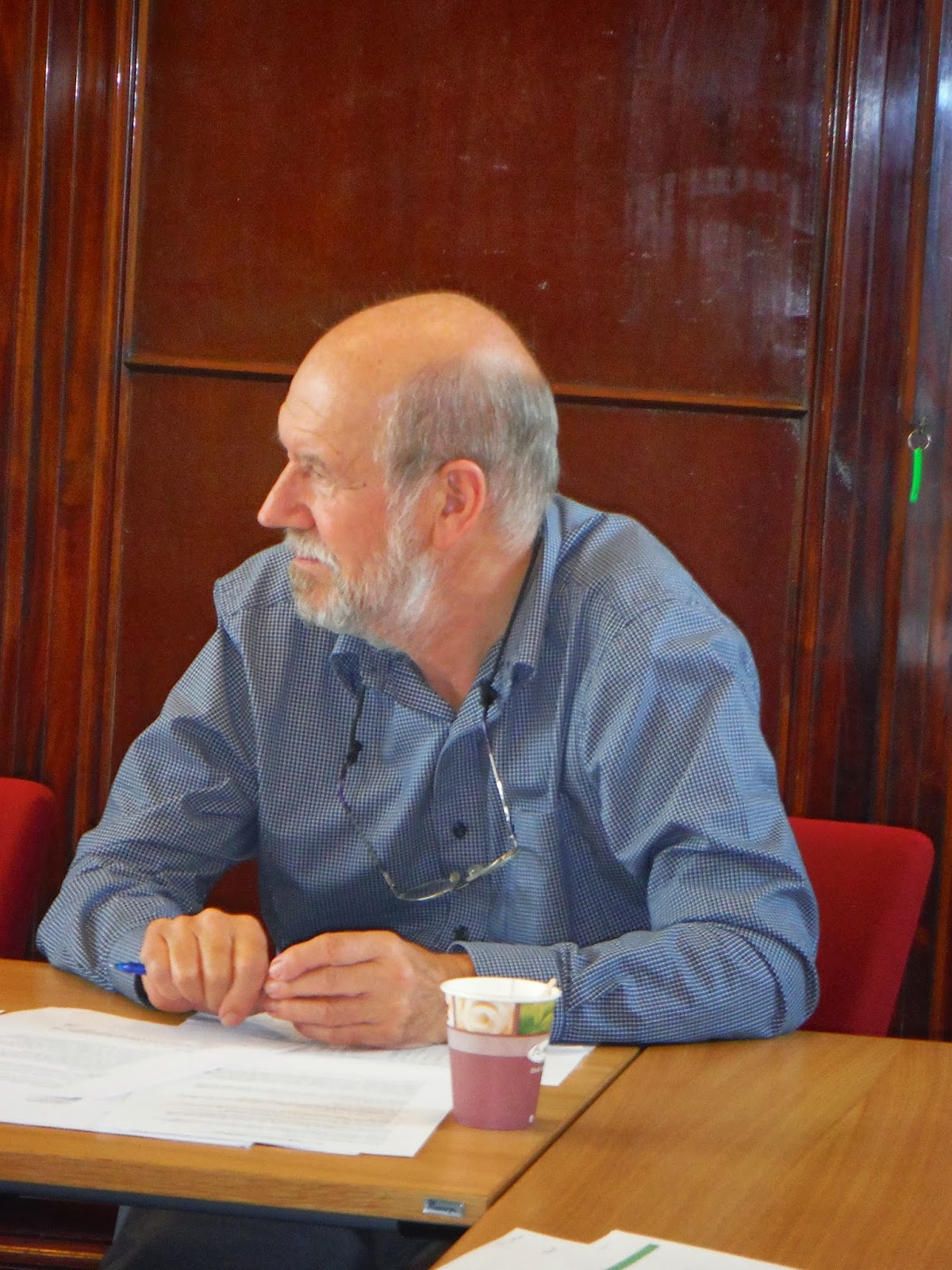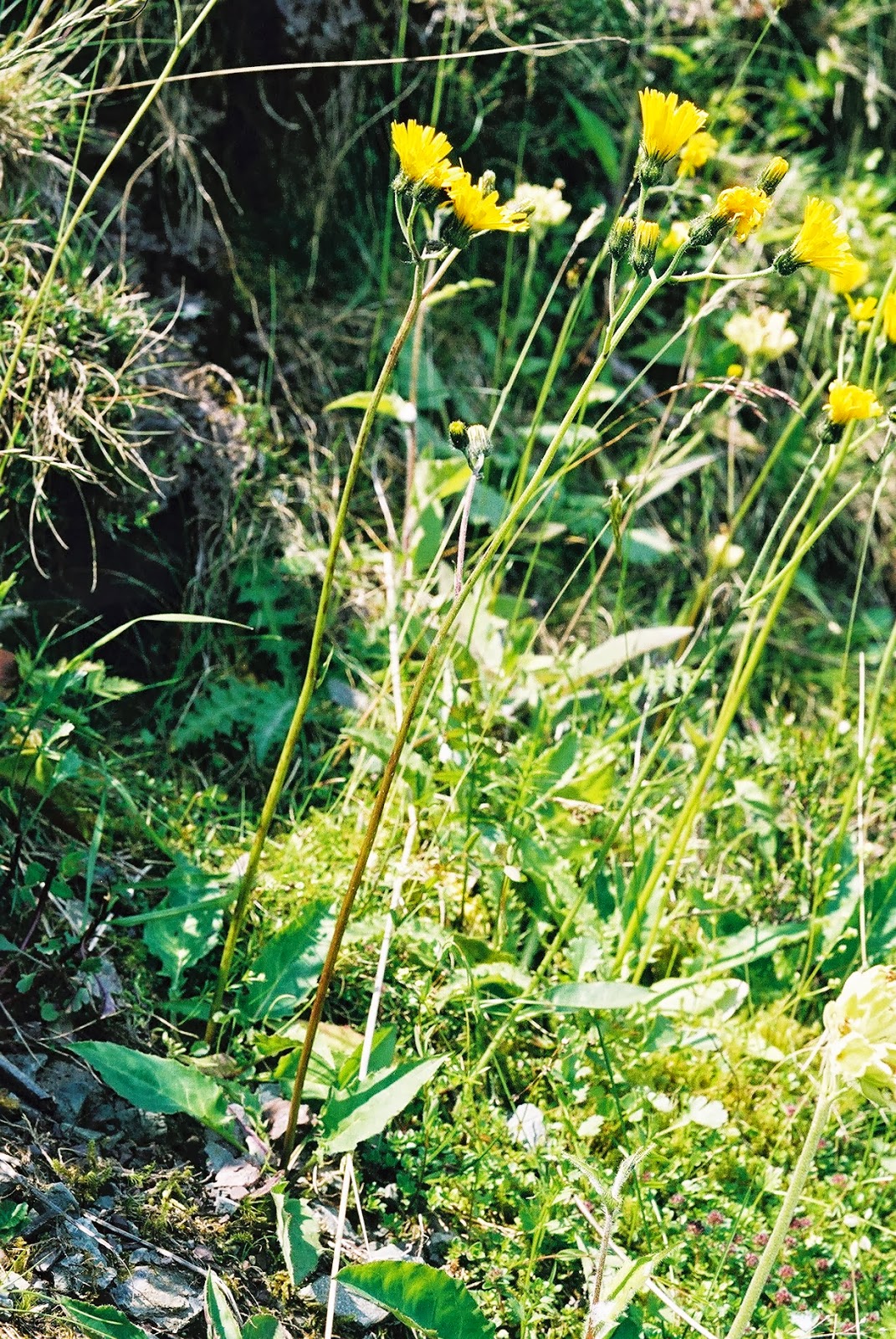BSBI botanists think outside the box...
When Mike Porter gave Pubs a progress report on his Viola handbook, he mentioned the cunning plan that he and co-author Mike Foley (also on Pubs) had devised. They wanted to take a look at how their artist's original drawings for the illustrations were coming along. These original drawings are obviously as unsuited to being popped into a postbox as a small baby would be, so how to view the precious cargo? We all applauded the Mikes' common-sense solution and I chivvied them for a photograph and a comment. And here they are...
Mike Porter says "The meeting between the writers of the Viola Mini-Handbook and the artist providing our illustrations took place today at Tebay Services on the M6! Artist Sarah Holme was on her way up to Scotland with her family (travelling from Bedford); I'm based in Wigton and Mike Foley is in Blackburn, so Tebay just seemed a handy place to meet to look at Sarah's drawings. The photographer was a helpful member of the travelling public who was pressed into service!"
Next time you stop off at a service station for coffee, do glance around - BSBI botanists are everywhere these days, coming up with novel ways of Getting the Job Done!
.jpg) |
| Sarah Holme, Mike Foley (centre) and Mike Porter Image: a very helpful person (unknown)! |
Next time you stop off at a service station for coffee, do glance around - BSBI botanists are everywhere these days, coming up with novel ways of Getting the Job Done!

.jpg)




+up.jpg)






.jpg)









+up.jpg)




.jpg)

+up.jpg)

+up.jpg)

.jpg)
